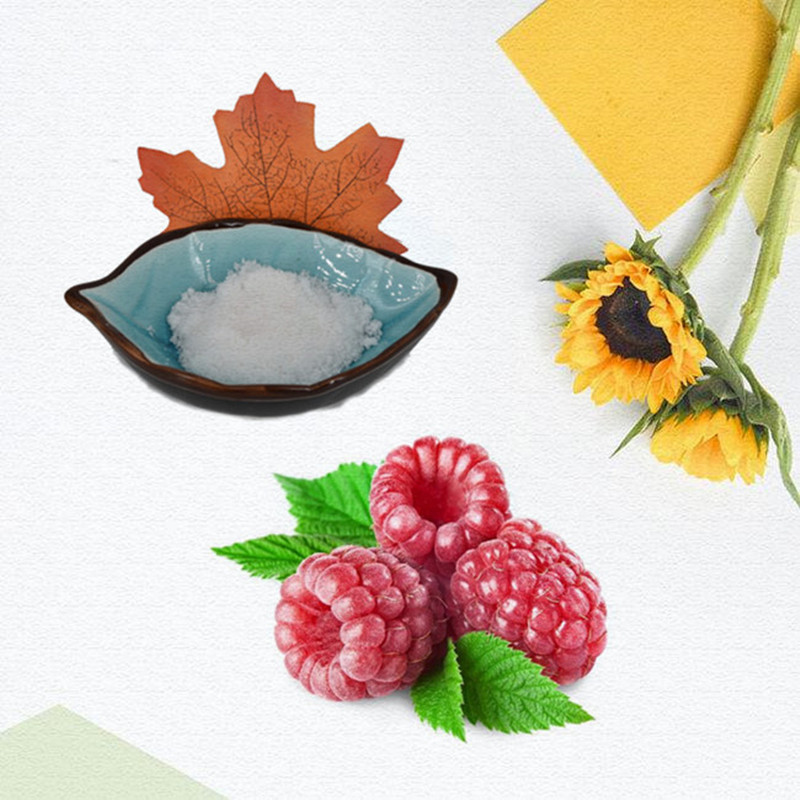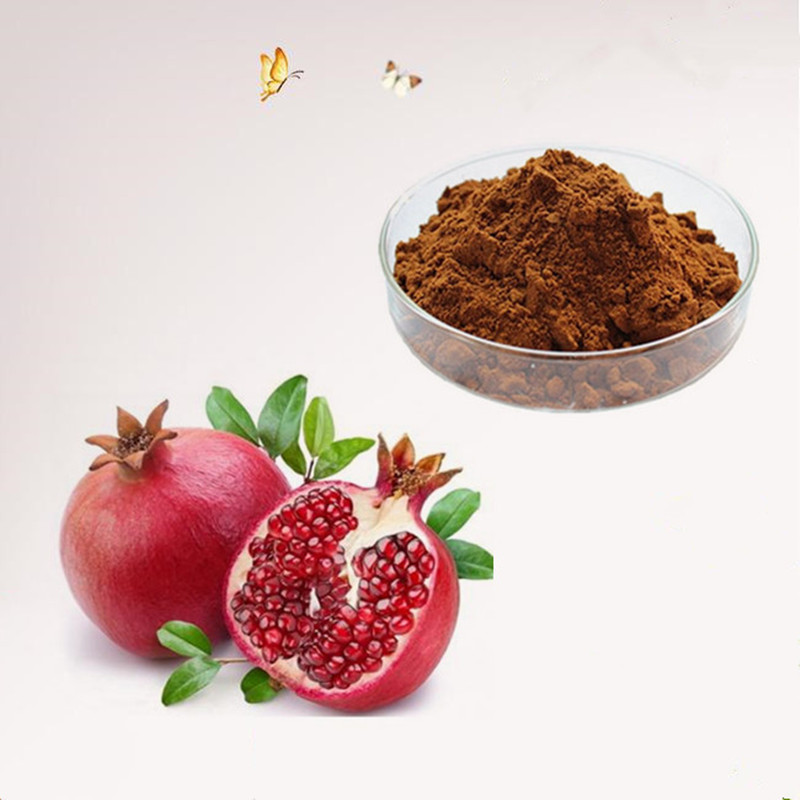ASAP combines Xevo TQ MS for rapid screening of phthalates in foods and beverages
 Evelyn Goh and Melvin Gay
Waters Corporation, Singapore
Objective <br> prepared under the conditions of use and minimal sample without chromatographic separation, simple and rapid screening for foods and beverages phthalates.
Introduction <br> phthalate (phthalic acid esterified derivatives) are widely used in plastics materials and other additives, whose primary role is that the material becomes soft and elastic. These substances are also used in industrial, medical and consumer products. Phthalates are readily released into the environment because they are not chemically bonded to plastics. Therefore, phthalates in packaging materials may also be released into foods and beverages.
In June 2011, the US Food and Drug Administration (FDA) issued a notice to food producers and food ingredient suppliers about the possible incorporation of undeclared phthalate plasticizers in emulsifiers, especially It is di(2-ethylhexyl) phthalate (DEHP) 1 . In May 2011, the Taiwan Food and Drug Administration (TFDA) discovered DEHP in probiotic powder. After investigation, it was found that the source came from the supplier of scouring agent (emulsifier). This so-called clouding agent is a legal food additive commonly used in beverages, foods and nutritional supplements. The clouding agent is generally made of gum arabic, an emulsifier, palm oil, and various food additives. However, suppliers deliberately use DEHP instead of additives to maximize profits.
Phthalates have long been considered as potential endocrine disruptors. Eating food or beverages contaminated with plasticizers increases the risk of reproductive abnormalities 2 . The Food Containers and Appliances Regulations (Taiwan, China) stipulate that the maximum concentration of DEHP dissolved in plastic materials shall not exceed 1.5 ppm, and the direct addition of DEHP to foods is prohibited.
The US FDA has launched an intensive surveillance program to screen DEHP and other plasticizers in suspicious foods from Taiwan, such as butyl benzyl phthalate (BBP), di-n-butyl phthalate (DBP), Di-n-octyl phthalate (DNOP), diisononyl phthalate (DINP) and diisononyl phthalate (DIDP). Food safety regulatory authorities require that all products found to be contaminated with phthalates must be recalled immediately and removed from the shelf. In addition, the program rigorously tests a variety of foods and beverages, including sports drinks, juices, teas, jams, jellies, and powdered foods and nutritional supplement tablets.
To download the full application note, please click:
Http://?cid=511436&lid=134639144&locale=zh_CN
Plant extracts refer to substances extracted or processed from plants (all or a part of plants) using appropriate solvents or methods, and can be used in the pharmaceutical industry, food industry, daily chemical industry and other industries.

There is a conceptual overlap between plant extracts and herbal extracts. The raw materials of plant extracts in my country are mainly derived from Chinese herbal medicines, so domestic plant extracts can also be called Chinese medicine extracts to some extent.

Herbal Extract,Liquid Herbal Extracts,Herbal Extract Powder,Natural Herbal Extract
XI AN RHINE BIOLOGICAL TECHNOLOGY CO.,LTD , https://www.xianrhinebiotech.com